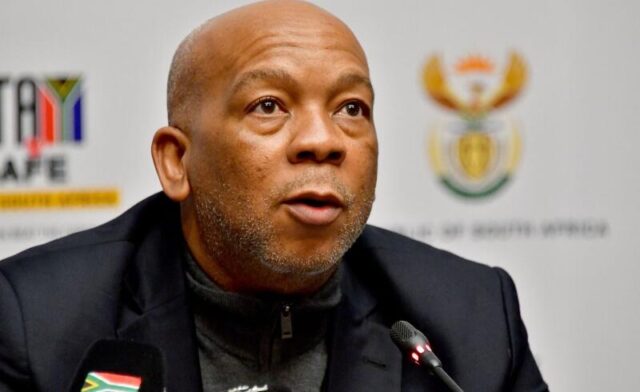Electricity Minister Kgosientsho Ramokgopa updated the public on the progress of the Energy Action Plan by the National Energy Crisis Committee of Ministers to end the intensity and frequency of load shedding.
ELECTRICITY Minister Kgosientsho Ramokgopa updated the public on the progress of the Energy Action Plan by the National Energy Crisis Committee of Ministers (Necom) to end the intensity and frequency of load shedding.
Ramokgopa said a range of measures was being implemented to avoid Stage 5 and 6 during winter.
The measures included Eskom generation working to reduce unplanned breakdowns to 15,000MW and to return 10 additional units to service at Camden, Duvha, Arnot, Tutuka, Kriel, Hendrina and Grootvlei power stations.
“Engineering teams are exploring solutions to increase the load factor of Open Cycle Gas Turbines (OCGTs) over the winter months by increasing the supply of diesel to Ankerlig and Gourikwa,” he added.
Necom will also run an aggressive demand side-management campaign aimed at reducing demand on the grid – Ramakgopa said it was possible to reduce demand by 1,000MW and reduce load shedding by one whole stage through simple measures:
“Set inverters and batteries to charge from the grid during the night, to avoid increasing demand at peak times in the morning and evening; switch off electric geysers at peak times to save energy and reduce your electricity bill; switch off pool pumps and other unnecessary, energy-intensive equipment; and switch off lights, appliances and device chargers while you are not using them,” he said.
Ramakgopa said the risk of a national blackout remained low given the various control measures in place, including load shedding. He said a national blackout would be caused by an unforeseen sequence of events, such as a natural disaster, triggering a simultaneous loss of supply across the country.
In sharing its recommendations with the public for the country’s electricity system last week, the Presidential Climate Commission concluded there was no room for new coal and nuclear power in South Africa’s energy mix, and that the least-cost approach to the country’s energy crisis included a massive influx of renewables.
The report states: “All models reviewed showed that a least-cost energy model would be made up of investment in variable renewable energy (wind and solar), storage (batteries and pumped hydro) and peaking support. None of the models build new coal or nuclear or have gas at high utilisations.”
The PCC expects a policy adjusted Integrated Resource Plan (IRP) to promote approximately 50-60GW of variable renewable energy by 2030, supported by co-located storage, and between 3-5GW of peaking support (such as gas running at low utilisations to support balancing and peaking).
PCC commissioner and head of policy at Cosatu, Lebogang Mulaisi, said: “While the recommendations are intended to inform the IRP, due for release in the next quarter, it also makes recommendations about the future and lends support to the many initiatives government has in place to resolve load shedding. Those already embodied in the president’s Electricity Action Plan.”








